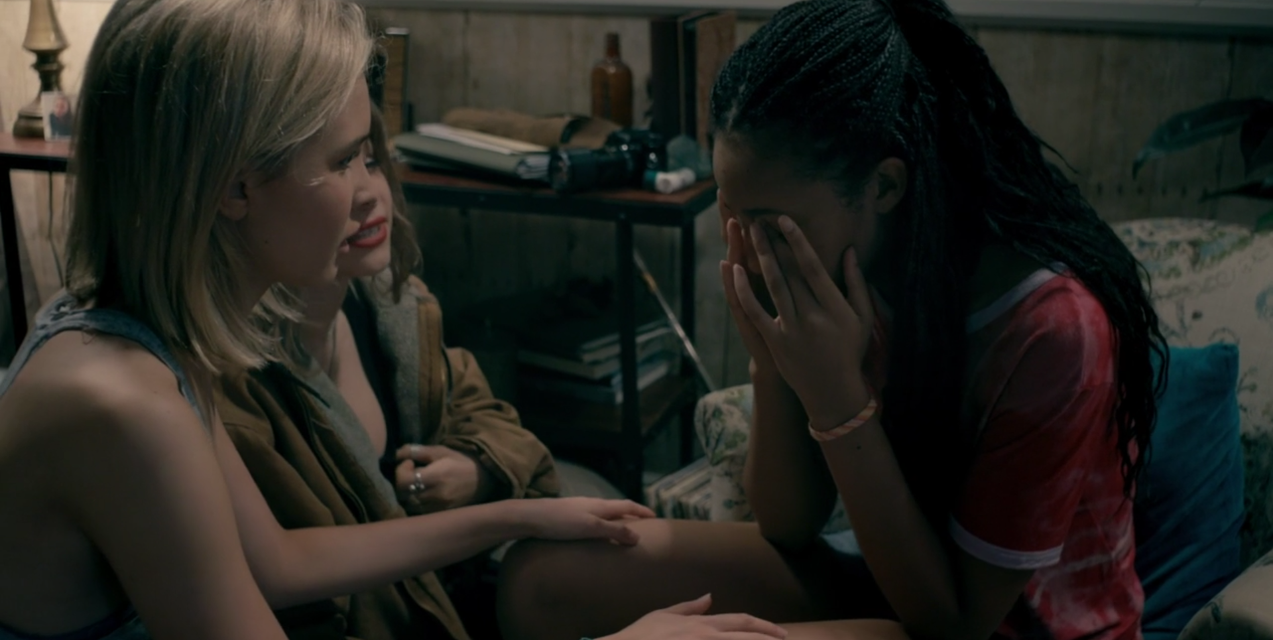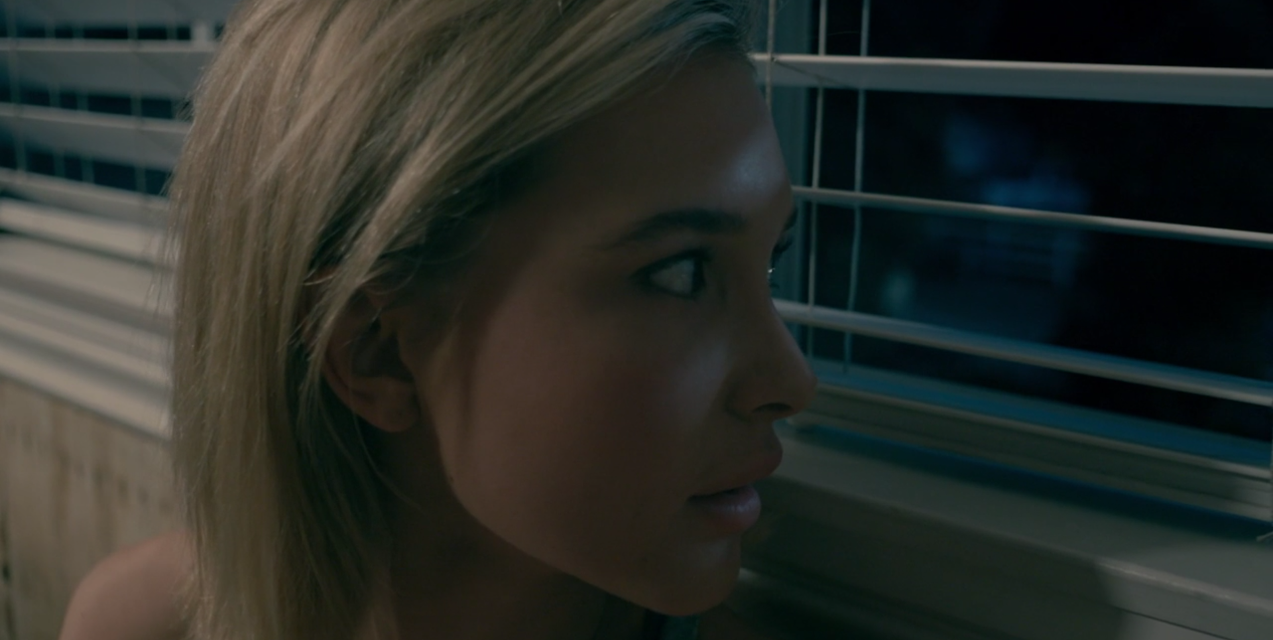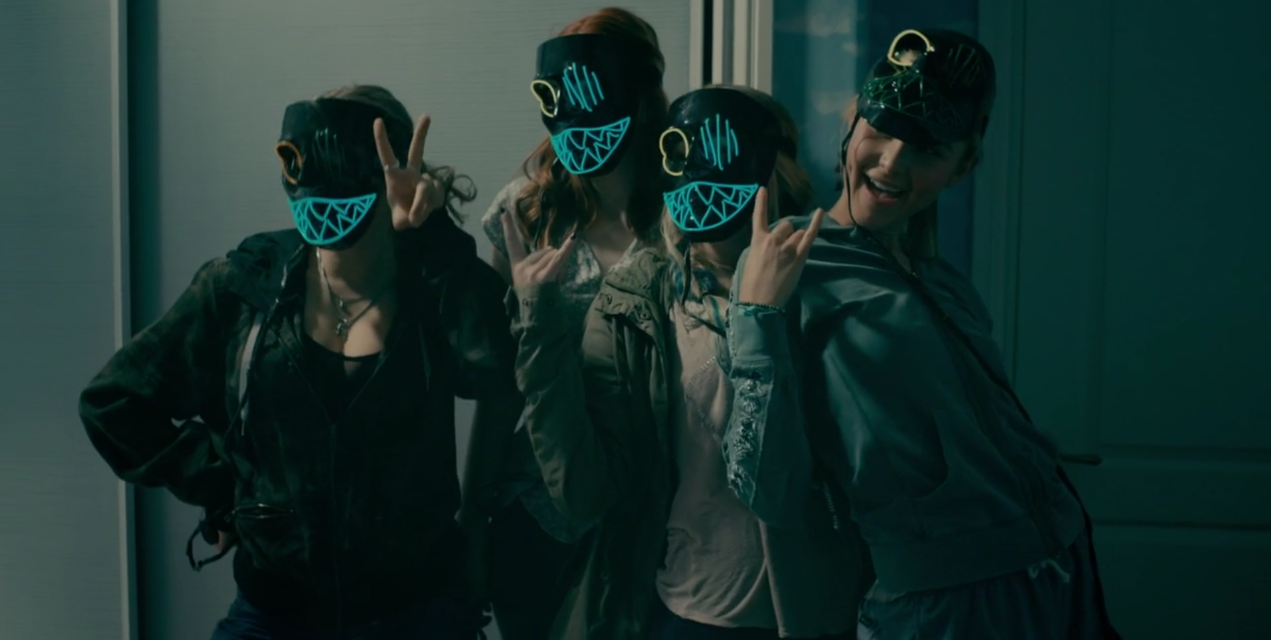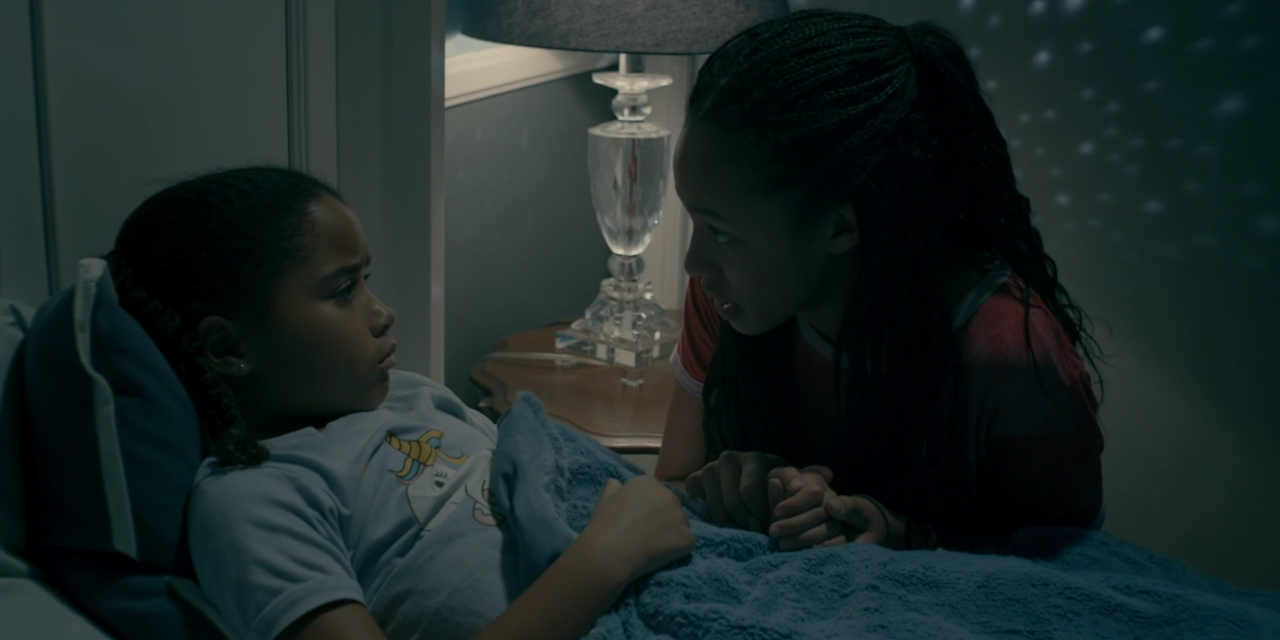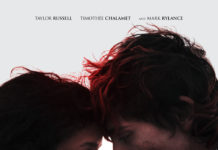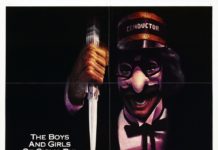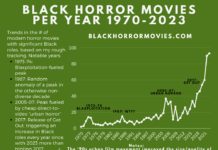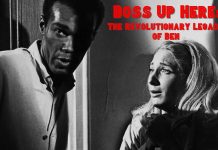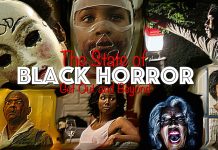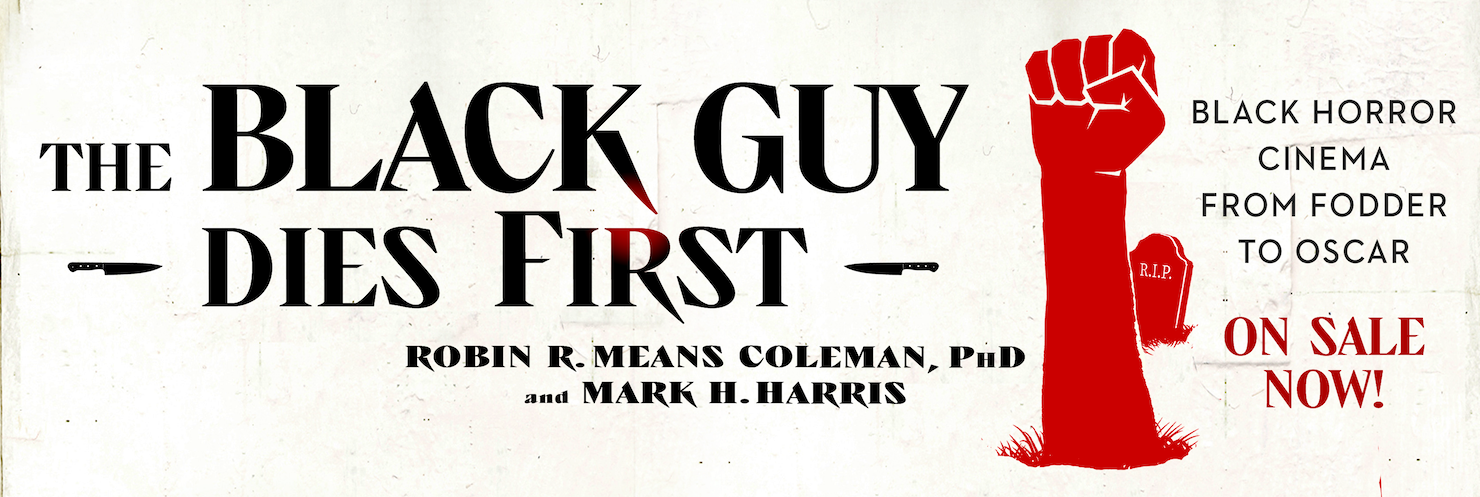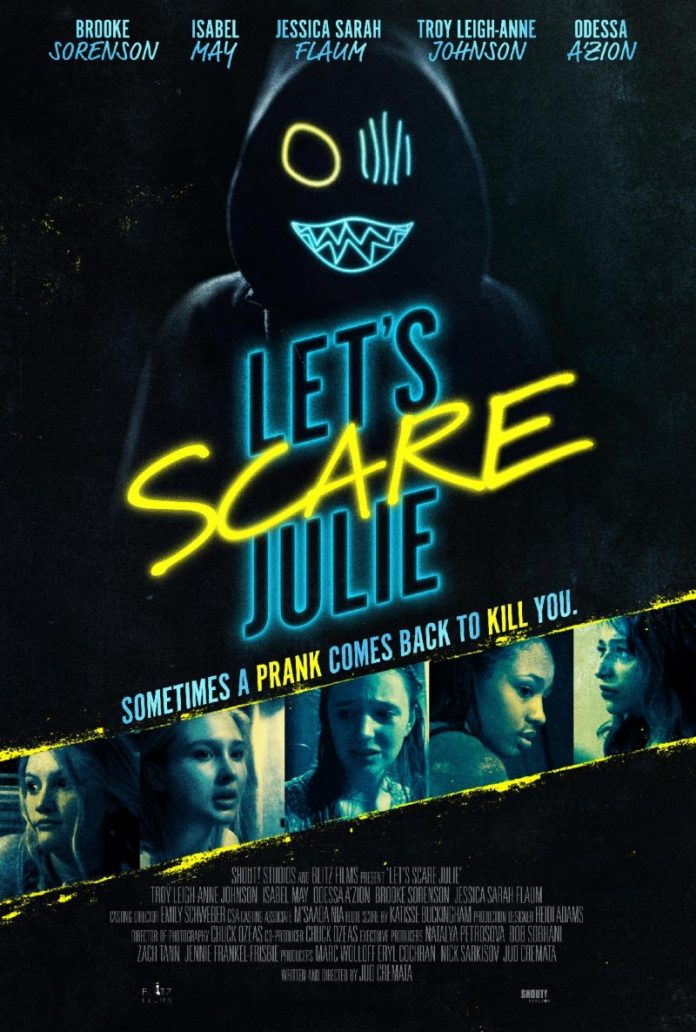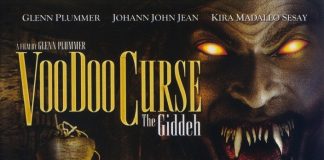Watching Let’s Scare Julie made me think about black folks’ frequent complaint about Black History Month being relegated to the short, crappy month that is February. Along those same lines, while it’s nice to watch a horror movie with a black final girl, why does it have to be a short, crappy film like Let’s Scare Julie?
In its defense, LSJ has more ambition than most low-budget horror fare. Its main hook is that it’s filmed in a pseudo-single shot format, with no cuts. I say “pseudo” because although it was marketed as “terror in real time,” there are several clear edits. Maybe the strategy was to make the movie so boring that viewers wouldn’t pay enough attention to notice? Mission accomplished!
The story unfolds over the course of one night in a Southern California suburb where black teen Emma (Troy Leigh-Anne Johnson) is awakened by a masked intruder who turns out to be her white cousin Taylor (Isabel May). When Emma understandably freaks out over the prospect of being butchered in her bed, Taylor and her three friends, who’ve all snuck into Emma’s room, have a laugh at her expense because, well, they’re garbage. If it’s not bad enough that they think it’s funny to make Emma believe she’s about to be murdered, it’s doubly heinous when we discover that Emma has been taken in by Taylor’s family because both of her parents have died. And she has asthma.
So, after pretending to almost kill Little Orphan Emma, Taylor and her friends almost ACTUALLY kill her when they provoke an asthma attack. But hey, she survives, so we’re all good, right? Then, Taylor’s gal pals, who are meeting Emma for the first time, grill her about her dead parents (asking if her dad was “the black one”) and rummage through her belongings. When Emma gets upset, Taylor doles out some sage teen logic: “If you wanna belong here, you just have to go along with stuff.” WHY AREN’T THESE PEOPLE DEAD YET?!?
In the most roundabout way possible, we eventually get to the crux of the plot: there’s a new girl named Julie who just moved into the house across the street, which used to belong to a creepy old recluse who also recently died and may or may not be haunting the joint. So, of course, our gang of idiots decides that the appropriate way to welcome the girl to the neighborhood is to break into her house wearing masks straight out of The Purge. Good girl Emma is reluctant to participate, but the others blackmail her into getting the key to the neighbor’s house, which Taylor’s dad has for some reason, promising they’ll delete the footage they took when they pranked her earlier.
Emma retrieves the key and stays in the house while the other four venture across the street. Only a couple of them return, however—which, as far as I’m concerned, is two too many. Emma’s little sister Lily (Dakota Baccelli), as stupid kids in horror movies are prone to do, then decides to sneak into the spooky house too. It’s thus up to Emma to go to the murder mansion and retrieve her sis and figure out the mystery behind her missing friends AND the enigmatic Julie AND the dead old lady AND apparently some other girl that Emma knew who’s ALSO dead.
Or, I dunno, maybe she could just CALL THE DAMN POLICE…?
Sigh. Anyway, the last 20 minutes of this 80-minute movie are watchable largely because stuff actually happens; there are even a couple of moderately creepy moments—granted, they’re undone by other equally awkward and/or unintentionally campy moments. That said, you’d be hard pressed to make it that far into the film, because the opening half hour is a test of endurance that will have you contemplating your last will and testament. It plays like an incessant improv exercise, full of choppy, inane, seemingly ad-libbed lines of dialogue delivered over one another, with the actresses fighting for camera time by mugging and cracking what can loosely be defined as jokes. If it’s possible to will your soul out of your body, this might be the astral projection trigger.
This torture is exacerbated by the whole “one take” approach, which doesn’t edit the awkward interactions, thus forcing us to marinate in them like a chaperone at a middle school dance. The real-time gimmick also dampens the attempts at scares, which on more than one occasion miss their timing (e.g., a character reacts to a jump scare before the audience sees what she’s scared of). Without (many) cuts, the action sequences also suffer, as the actors seem to intentionally slow their flight from danger so they don’t outrun the camera operator. At one point, Emma basically bumps into the camera and has to pause as it moves out of her way. Perhaps sensing the ineptitude of the scares, the filmmakers force feed us tense musical cues at the most inappropriate times; why play an escalating score when someone is just making a phone call that goes to voicemail???
There are plenty of other unanswered questions in Let’s Scare Julie—not the least of which is whether or not you can you sue a movie for mental distress—but odds are you won’t care enough to clear them up.
